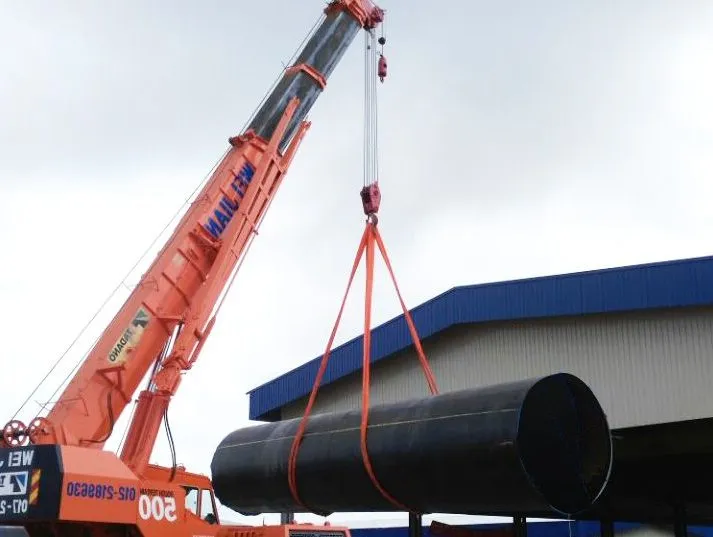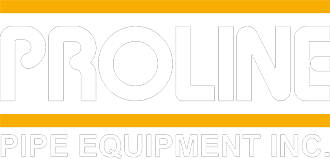When it comes to industrial lifting solutions, round slings, also known as tubular slings, are among the most versatile and reliable tools available. Designed for general lifting purposes, round slings are constructed from continuous load-bearing cores made of high-tenacity synthetic polyester yarns, fully enclosed in a protective cover. With or without fittings or coupling components, these slings are indispensable for handling heavy loads safely and efficiently.
Key Features of Round Slings
- Durable Construction: Round slings are made from endless loops of polyester yarns, which are protected by two woven polyester jackets. These jackets not only shield the load-bearing fibers but also serve as a buffer between the sling and the load.
- Protection and Safety:
- The load-bearing fibers never come into contact with the load, reducing wear and tear.
- The seamless cover ensures no edges are exposed, preventing premature wear.
- Adaptability: Round slings conform to all types, sizes, and configurations of loads, making them suitable for a wide range of applications.
- Lightweight and Easy to Use: These slings are lightweight, making them easy to rig, store, and clean. Their flexibility simplifies handling even in complex lifting scenarios.
- Environmental Resistance:
- Excellent resistance to UV light, rot, and mildew.
- No loss of strength when exposed to water.
- Operates effectively in temperatures up to 194°F.
- Performance and Efficiency:
- Minimal elongation (3% for polyester rounds, 1% for high-performance rounds).
- No metal components to rust, ensuring long-lasting usability.
Safety First: Best Practices for Using Round Slings
Safety is paramount when using round slings for heavy lifting. Proper selection, training, and usage are critical to ensuring safe operations:
- Choosing the Right Sling: Always select a polyester round sling that matches the job’s weight and configuration requirements. Be mindful of the sling’s weight capacity and maximum load ratings.
- Proper Training: Riggers must be trained and certified, understanding the appropriate hitch to use and how to attach the sling to the load securely.
- Knowledge of Load Behavior: Riggers should be familiar with different types of hitches (vertical, choker, or basket) and how the load may react during a lift.
- Inspection and Maintenance: Regular inspections for wear, tear, or damage are essential. Replace slings showing signs of degradation to prevent accidents.
Why Choose Round Slings for Heavy-Duty Lifting?
Round slings are engineered to offer exceptional performance while ensuring the safety of both the load and the operator. Their lightweight and flexible design make them a preferred choice over traditional lifting equipment, especially for delicate or oddly shaped loads. The absence of metal components eliminates the risk of rust, further enhancing their durability.
Applications of Round Slings
Round slings are widely used across industries such as:
- Pipeline construction and maintenance
- Machinery relocation
- Heavy equipment handling
- Shipping and logistics
Partner with Experts for Your Lifting Needs
At Proline Pipe Equipment, we provide high-quality round slings and other industrial lifting solutions tailored to meet your needs. Our team of experts can guide you in selecting the right equipment and ensure it’s used safely and effectively.
Contact us today to learn more about our durable lifting slings and how they can streamline your operations.
With their unmatched versatility, durability, and safety features, round slings are an essential tool for any industrial lifting application. Invest in the best lifting solutions to enhance efficiency and ensure the safety of your workforce.


